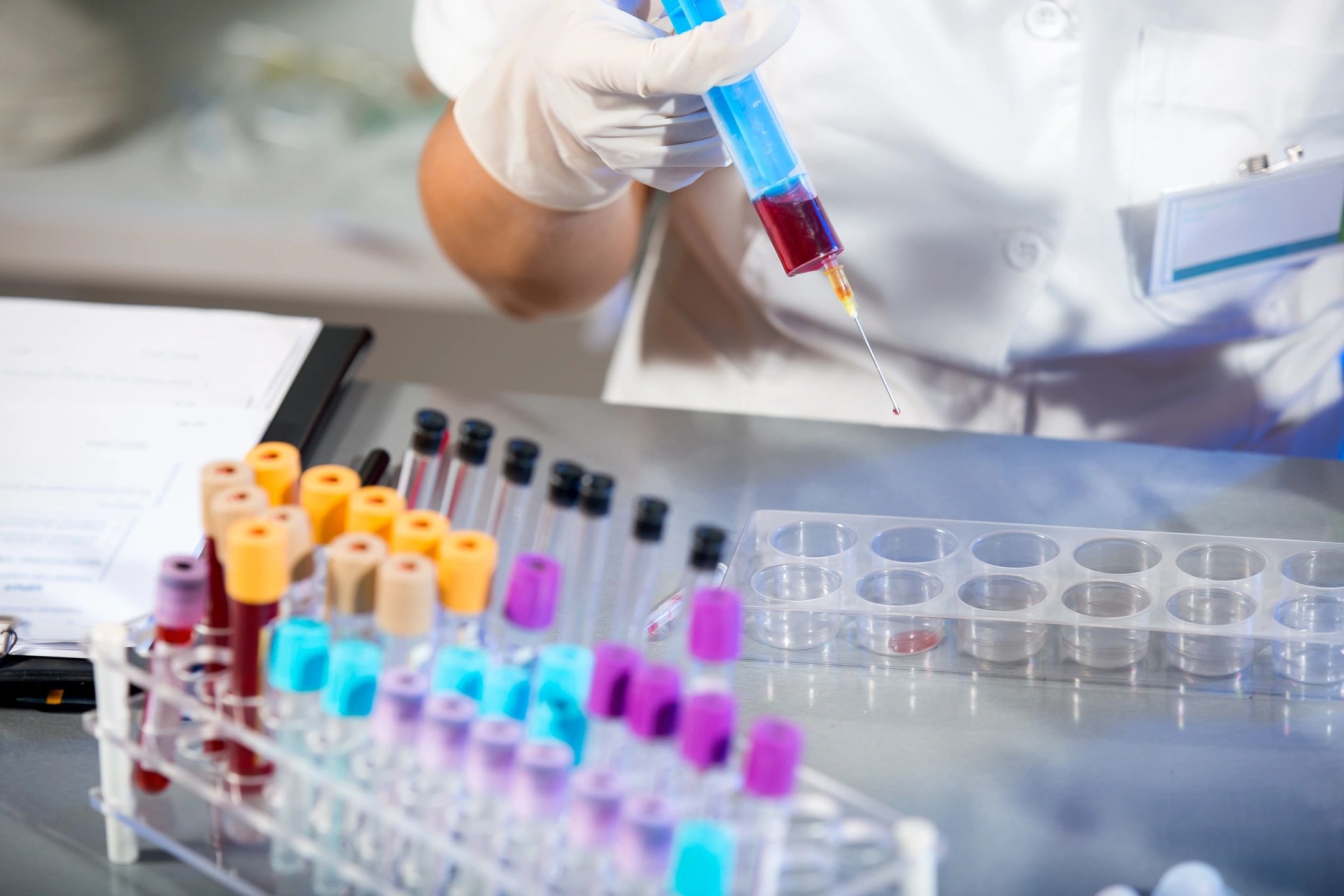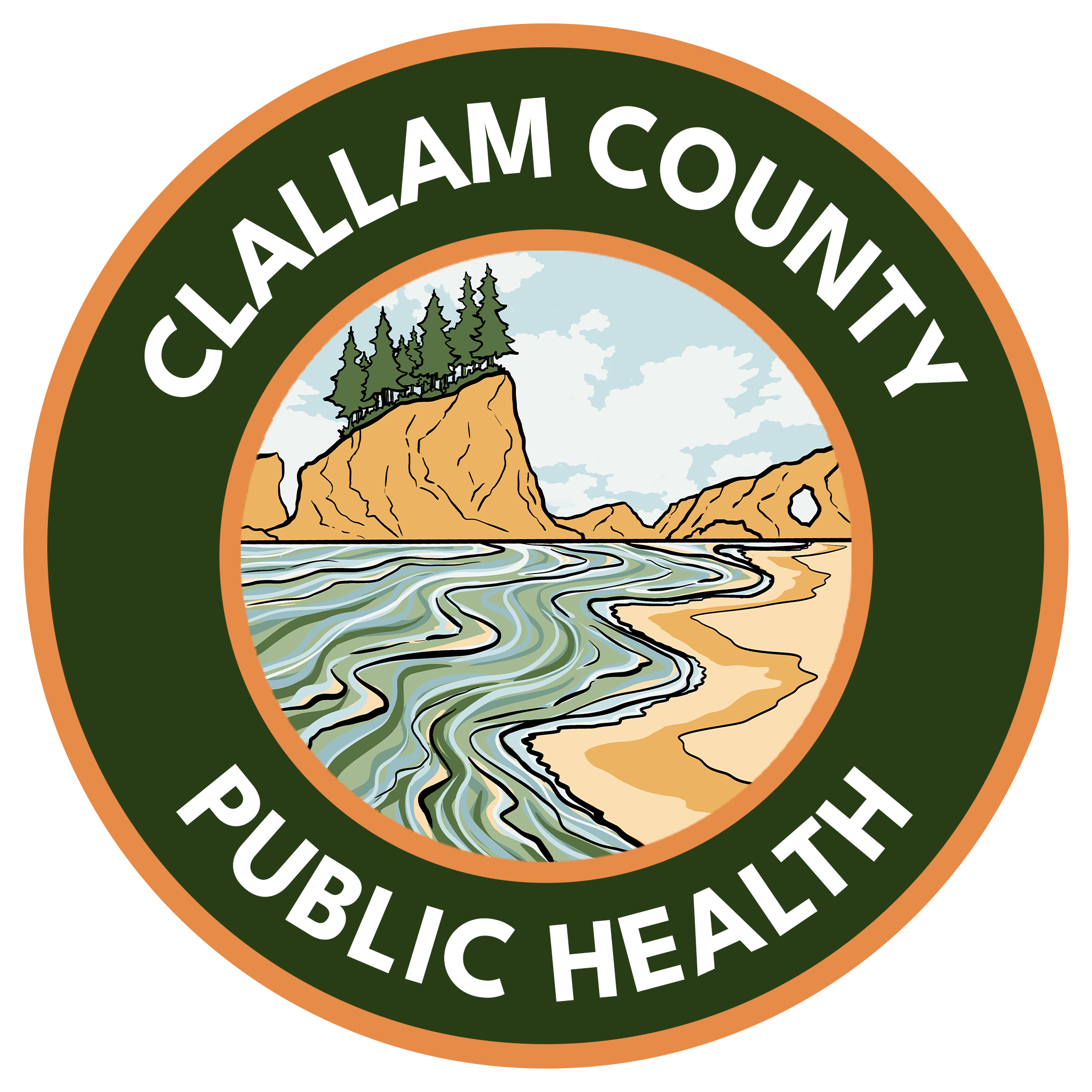
Requested actions
- Be aware COVID-19 cases are increasing globally.
- Get a detailed travel history for patients with fever and acute respiratory illness.
- Ask patients with suspected COVID-19 infection to wear a surgical mask. Evaluate them in a private room with the door closed, ideally an airborne infection isolation room.
- All healthcare personnel entering the room should use standard precautions, contact precautions, airborne precautions and eye protection (e.g., gown, gloves, N95 mask or PAPR, and face shield or goggles).
- If you suspect a case of COVID-19, immediately notify infection control personnel at your facility and us at reporting line.
- Use the chart below to determine who to test for COVID-19.
| Clinical Features |
|
Epidemiologic Risk |
| Fever1 or signs/symptoms of lower respiratory illness (e.g., cough or shortness of breath). |
AND |
Any person, including healthcare workers, who had close contact2 with a lab-confirmed3 COVID-19 case within 14 days of symptom onset. |
| Fever1 and signs/symptoms of lower respiratory illness (e.g., cough or shortness of breath) requiring hospitalization. |
AND |
A history of travel from an affected area4 within 14 days of symptom onset. |
| Fever1 and severe acute lower respiratory illness (e.g., pneumonia, ARDS) requiring hospitalization, without an alternative explanatory diagnosis (e.g., influenza). |
AND |
No identified source of exposure. |
1 Fever may be subjective.
2 Close contact is defined as:
a) Being within approximately 6 feet (2 meters), or within the room or care area, of a 2019-nCoV case for a prolonged period while not wearing recommended personal protective equipment (PPE) (e.g., gowns, gloves, N95 respirator, eye protection).
b) Caring for, living with, visiting or sharing a healthcare waiting area or room with a COVID-19 case.
c) Having direct contact with infectious secretions of a COVID-2019 case (e.g., being coughed on) while not wearing recommended PPE.
3 Documentation of COVID-19 lab confirmation may not be possible for travelers or those caring for patients in other countries.
4 Affected areas are defined as geographic areas where sustained community transmission has occurred. Relevant affected areas are defined as a country with sustained or widespread community-level transmission (CDC Level 2 or 3 Travel Health Notice)—currently China, Iran, Italy, Japan and South Korea.
Specimen collection
We will provide guidance and facilitate specimen collection, storage and shipping. Do not collect specimens without wearing appropriate personal protective equipment (PPE)—ideally, in an airborne isolation room. Submit 2 of the following specimens for each patient for PCR testing at Washington State Public Health Lab:
- Nasopharyngeal swab.
- Sputum or BAL, if available.
- Oropharyngeal swab, if no sputum or BAL.
Put swabs in separate tubes with viral transport media. Keep cold for transport. Ensure container caps are closed tightly. Specimens that leak in transit will be rejected. Consultation is available 24 hours a day, 7 days a week—call us at reporting line.
Background
A novel coronavirus (SARS-CoV-2) is causing an expanding outbreak of COVID-19. Most cases are reported in Wuhan, China; however, cases are increasing globally. Local transmission is documented in South Korea, Iran, Italy and Japan. CDC issued travel warnings for these countries. Currently, only travelers from China are screened at United States airports.
Pierce County still has no COVID-19 cases. Fifteen cases have been lab-confirmed in the United States. Forty-six cases were lab-confirmed among people repatriated to the United States from China and the Diamond Princess Cruise Ship in Japan. On Feb. 26, 2020, 1 lab-confirmed case with no travel history or links to other known cases was reported in California.
Testing criteria may change as more information becomes available. Pay close attention to health advisories issued as this situation evolves.
Reference
